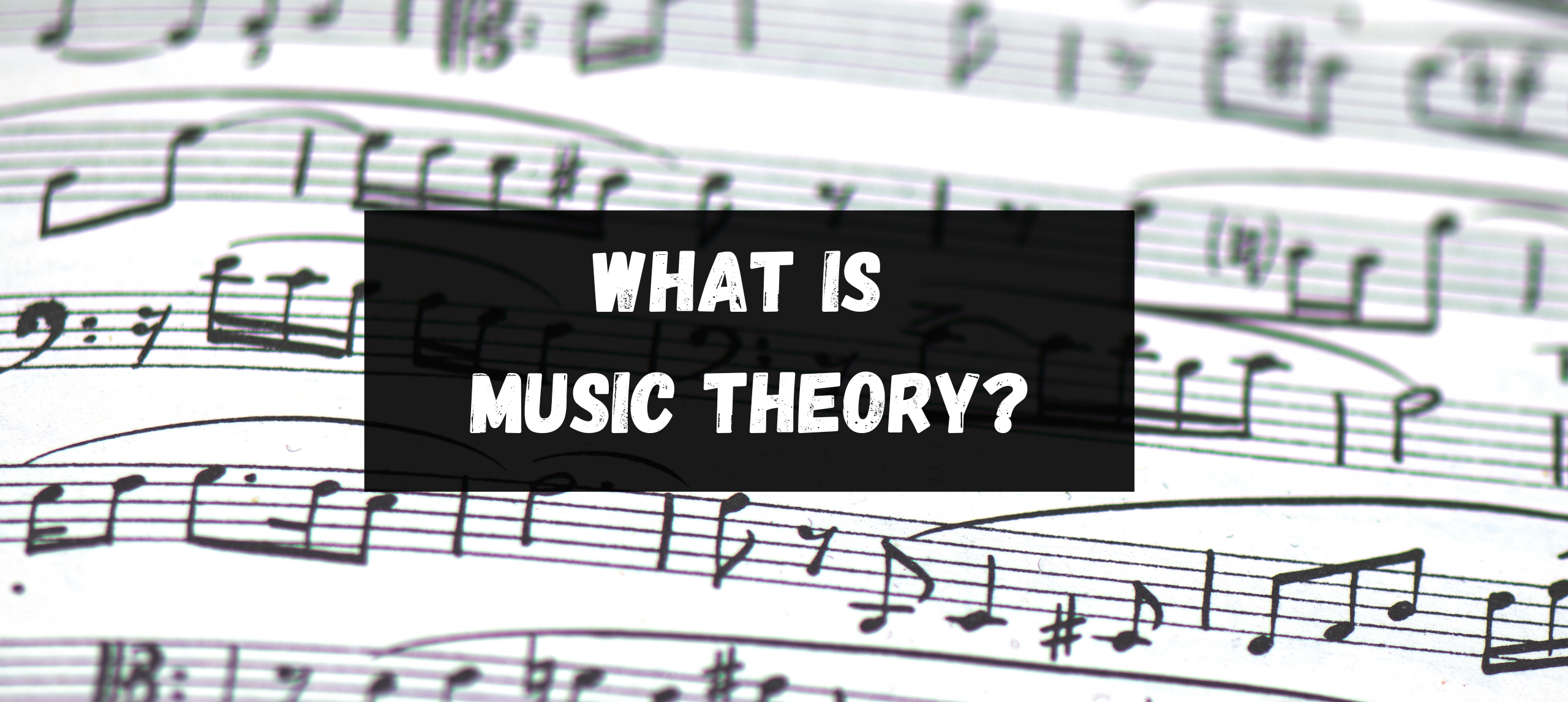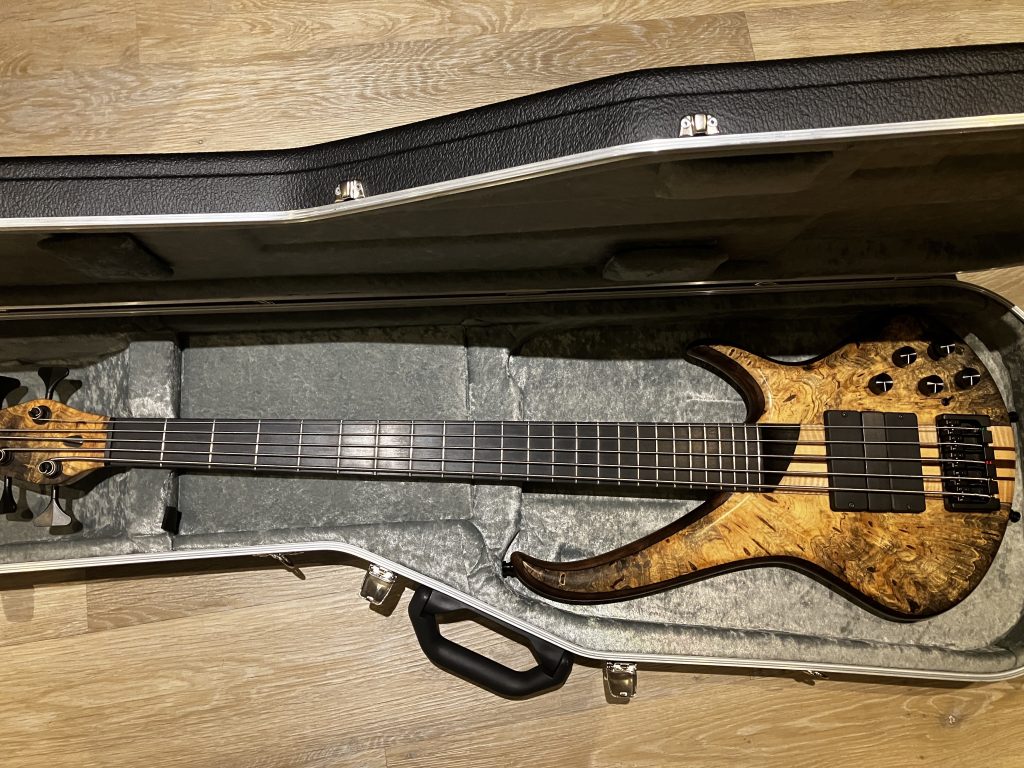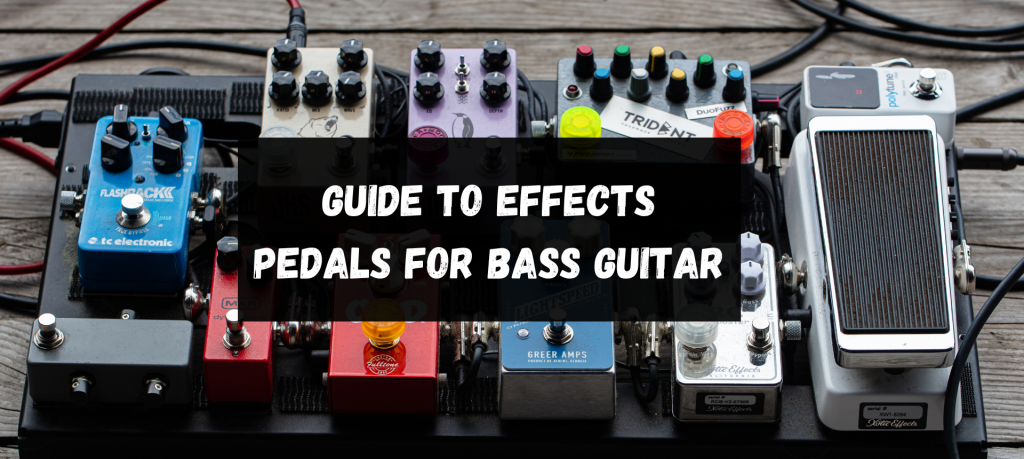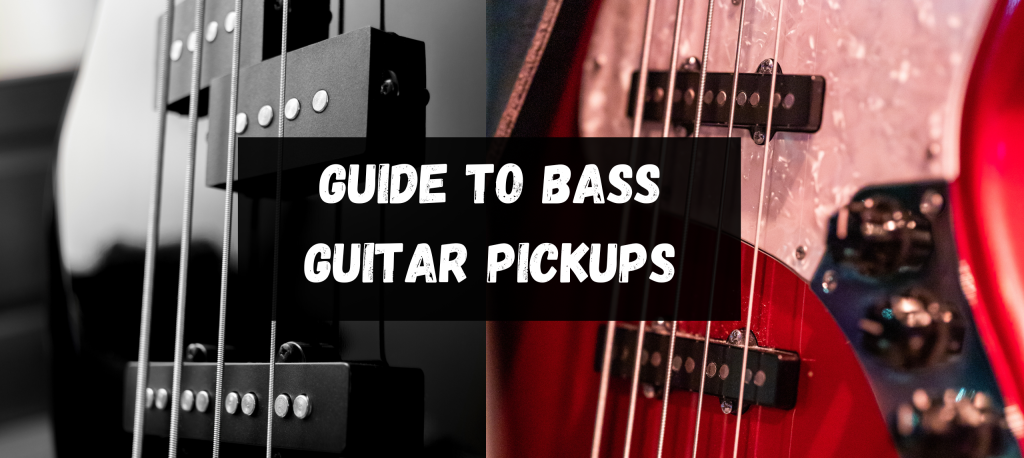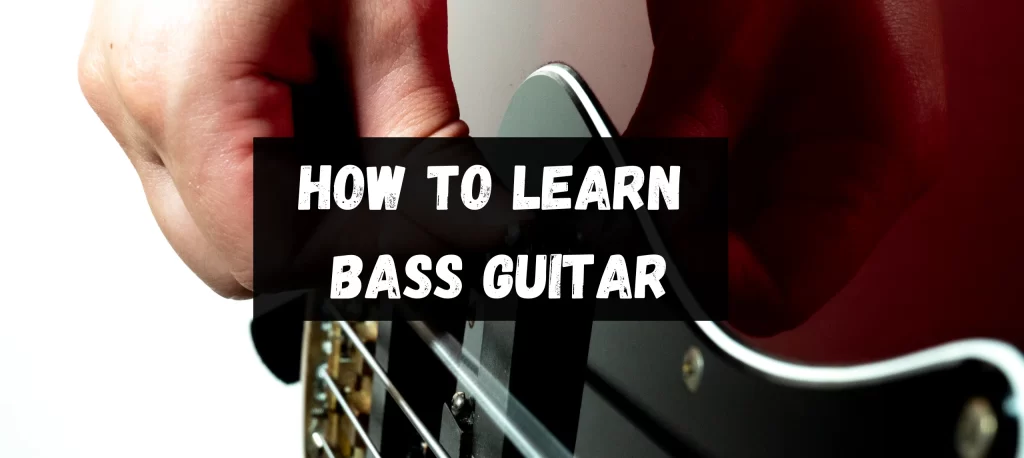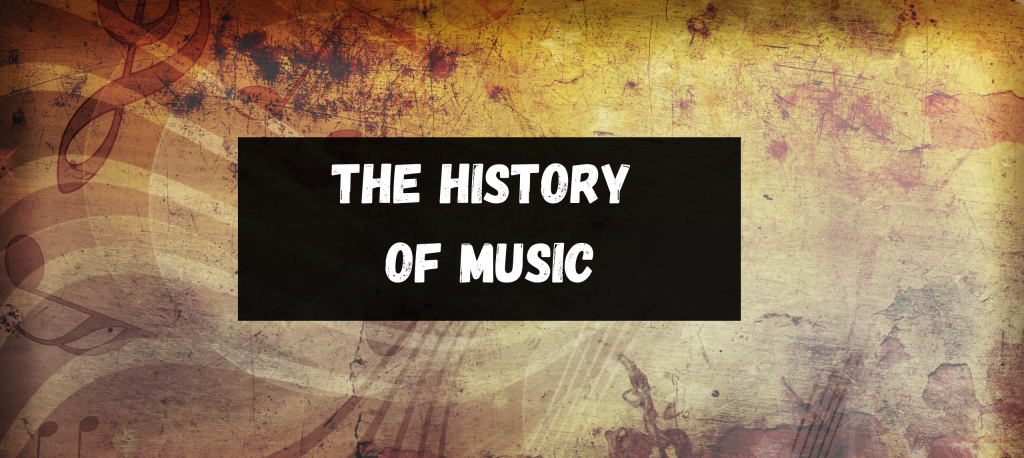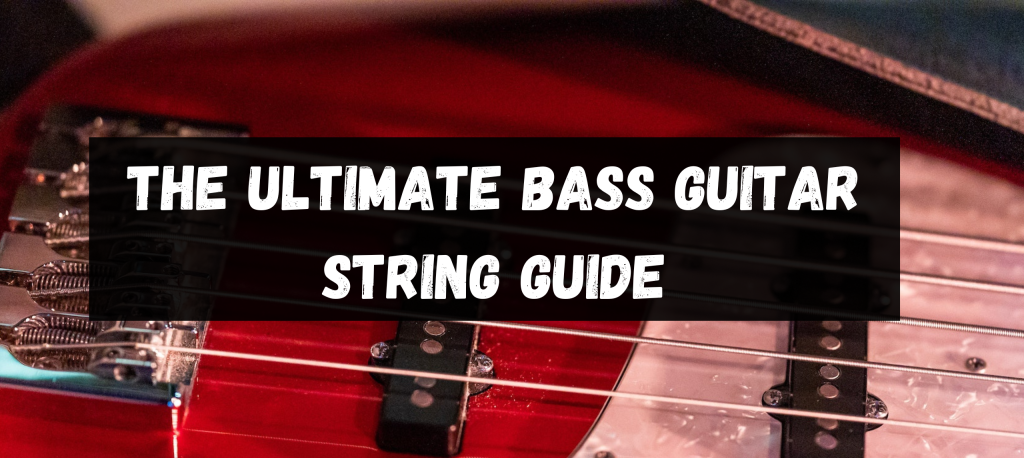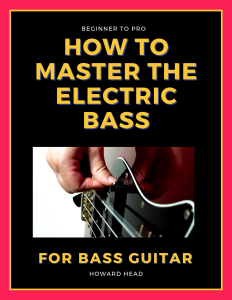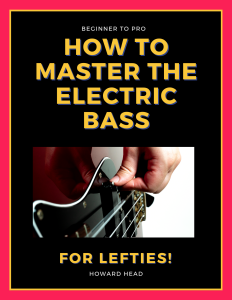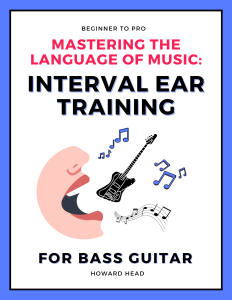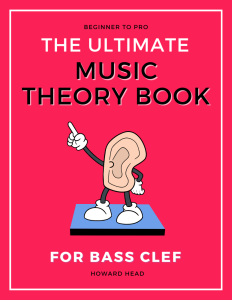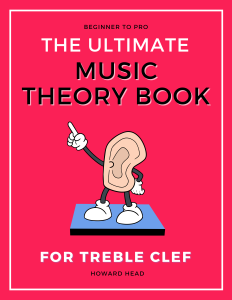September 2, 2023
Howard
Music theory is the study of the fundamental elements and principles that underpin the creation and understanding of music. It encompasses the rules and concepts governing melody, harmony, rhythm, and form. It provides musicians with a framework to compose, analyse, and interpret sounds and compositions.
Join us on this musical journey as we demystify the language that musicians across the globe converse in and illuminate the profound significance of genuinely understanding this art form. Whether you’re an aspiring composer, an established musician, or simply a passionate listener, the insights and practical benefits contained within this blog are set to transform your musical perspective. Intrigued? Then read on, for a world of rhythmic revelations awaits.
Foundations of Music Theory
Venturing into the realm of music, one swiftly recognises the intricate tapestry woven from the foundational elements of melody, harmony, and rhythm. By understanding these essential components and the principles guiding them, musicians and enthusiasts can unlock a deeper appreciation and mastery of sound.
The Essence of Music:
Delving into music, we find three primary elements that create its soul, art, and pulse.
- Melody: Horizontal Notes: Melody, often considered a piece’s tune or central theme, is the sequence of notes that listeners hum or sing along to. It’s what differentiates one song from another, providing each with its unique identity.
- Harmony: Vertical Notes: Harmony is the simultaneous combination of different musical notes to produce a pleasing effect. It provides a mood and depth to a melody, often enriching and making a piece feel complete.
- Rhythm: The Heartbeat of Music: Rhythm is the pattern of beats or a sequence of events in time. It’s what makes you tap your feet or sway to music, setting the pace of any musical composition.
The Tools of Music Theory
Delving into the realm of music theory is akin to a craftsman understanding the tools of their trade. These tools, intrinsic to musical creation, interpretation, and appreciation, allow us to grasp the nuances of what we hear and play.
Scales and Intervals: Navigating the Musical Spectrum
At the heart of every melody lies a scale, and within those scales, the magic of intervals comes into play, determining the spaces and relationships between notes.
Scale Exploration: From Chromatic to Pentatonic
If you learn these scales, you’ll be able to play the majority of music!
- The major scale
- Major pentatonic Scale: The Major scale without the 4th or 7th. Five-note scales that feature prominently in folk, blues, and even pop music.
- The minor scale (a re-orded major scale)
- Minor pentatonic ccale
- The dominant scale
- The half-diminished scale
Understanding these gives musicians the palette to paint varied musical landscapes. There are many many more scales out there too! But these are a great starting point.
Introducing Intervals: The Spaces Between Notes
Intervals reveal the distance between two notes and shape the character of melodies and chords. Recognising these gaps, whether a minor third or a perfect fifth, is essential for building harmonic relationships in music.
Chords and Progressions: Crafting Musical Conversations
The architects are behind the harmony of every song, chords, and progressions. They construct the environment in which melodies live and evolve.
Building Chords: Basics to Advanced Concepts
Chords are formed by stacking notes on top of a scale. If you stack two 3rds on top of each note in the Major scale, we get diatonic triads (diatonic means in the key!).

You can then continue this trend of adding 3rds to get 7ths, 9ths, 11ths and 13ths. However, not all extensions work with every chord.
Here’s some common extensions to have a listen to! (There are also many more).
| Chord Name | Notes |
|---|---|
| Major Chords | |
| CMaj7 | C, E, G, B |
| CMaj9 | C, E, G, B, D |
| CMaj#11 | C, E, G, B, F# |
| CMaj13 | C, E, G, B, A |
| CMaj9(add13) | C, E, G, B, D, A |
| Minor Chords | |
| Cmin7 | C, Eb, G, Bb |
| Cmin9 | C, Eb, G, Bb, D |
| Cmin11 | C, Eb, G, Bb, F |
| Cmin13 | C, Eb, G, Bb, A |
| Dominant Chords | |
| C7 | C, E, G, Bb |
| C9 | C, E, G, Bb, D |
| C11 | C, E, G, Bb, F |
| C13 | C, E, G, Bb, A |
| Half Diminished Chords | |
| C-7b5 | C, Eb, Gb, Bb |
What is an Arpeggio?
An arpeggio is when you spell out the chord in a melody (otherwise known as a broken chord).
Crafting Progressions: The Journey of Chords in Music
Chord progressions are the sequences that give songs their narrative flow. The way chords are arranged can evoke emotions, introduce tension, and provide resolution, guiding listeners through the musical tale.
The natural progression of chords want to go as follows: Tonic, sub-dominant, dominant (and repeat cycle). Music is all about tension and release, sometimes if we prolong the tension, the release is even more satisfying.
Here’s some other good tips:
- Any chord within the same chord family can be substituted by another chord of that family.
- Not every chord has to have a specific function in a progression.
Scales, chords and harmony is such a massive topic in music theory and once you understand how this language works, it’s much much easier to speak it. e.g. it’s so much easier to make music!
Music Notation: Deciphering the Written Language of Music
Reading music is like learning a new language. It’s about understanding the symbols and signs that dictate a piece’s rhythm, pitch, and dynamics.
Fundamentals of Reading Music: Symbols, Notes, and Bars
At its core, music notation involves:
- Notes: Representing pitch.
- Rests: Indicating silences.
- Bars: Segregating music into manageable sections.
These elements guide a musician on how a piece should sound.

Delving Deeper into Music Theory
Once one has grasped the foundational aspects of music theory, it’s only natural to wish to journey deeper. We further unravel the intricate art of composing, playing, and appreciating music by understanding advanced elements like key transpositions and song structure.
Key Signatures and Transpositions: Changing Musical Environments
Every piece of music resides within a specific key, which can be visualised as its home base. However, there are times when changing this base can elevate a piece or suit a musician’s needs better.
Here’s a great tip:
- The number at the top of the time signature is the amount of notes that take up a bar.
- The number at the bottom tells you what note length those notes are.
Understanding Keys: Navigating the Musical Map
The key of a song dictates its tonal centre and sets the mood. It’s defined primarily by:
- Major Keys: Often associated with brighter, happier tones.
- Minor Keys: Conveying sombre or introspective feelings.
Songs can also be played in different modes.
Rock, blues, jazz and other genres regularly play in a dominant key.
Understanding these is crucial to navigating the vast musical landscape.
Transposing Music: Adapting Songs to Different Keys
Transposition is the art of shifting a song from one key to another, either to accommodate a singer’s range or to introduce a fresh perspective to a well-known piece. It involves adjusting every note while maintaining the song’s relative structure.
Rhythm Advanced: Polyrhythms, Backbeats, and More
Beyond basic beats and time signatures, rhythm delves into complex patterns and syncopations. Polyrhythms, for instance, layer multiple rhythms simultaneously, whereas backbeats emphasise off-beats, lending a unique pulse to a song.
Form and Structure in Music: Organising Musical Thoughts
Music, at its heart, is storytelling. Like any gripping tale, it benefits from structure—verses, choruses, and bridges, each playing their part in weaving a captivating sonic narrative.
Crafting Impactful Verses and Memorable Choruses
Verses set the stage, narrating a story or expressing emotions, while choruses provide the song’s memorable, often repeated, climax or theme. Musicians and composers must strike a balance between these to ensure:
- Verses: Develop the song’s narrative or theme.
- Choruses: Provide the catchy, memorable moments listeners hum along to.
Exploring Bridges, Loops, and Song Dynamics
- Bridges: Serve as transitional sections, contrasting verses and choruses, often leading to a song’s climax.
- Loops: Repetitive patterns frequently found in electronic music provide a rhythmic or melodic backbone.
- Dynamics: The variations in loudness and intensity shape the ebb and flow of a song’s emotion.
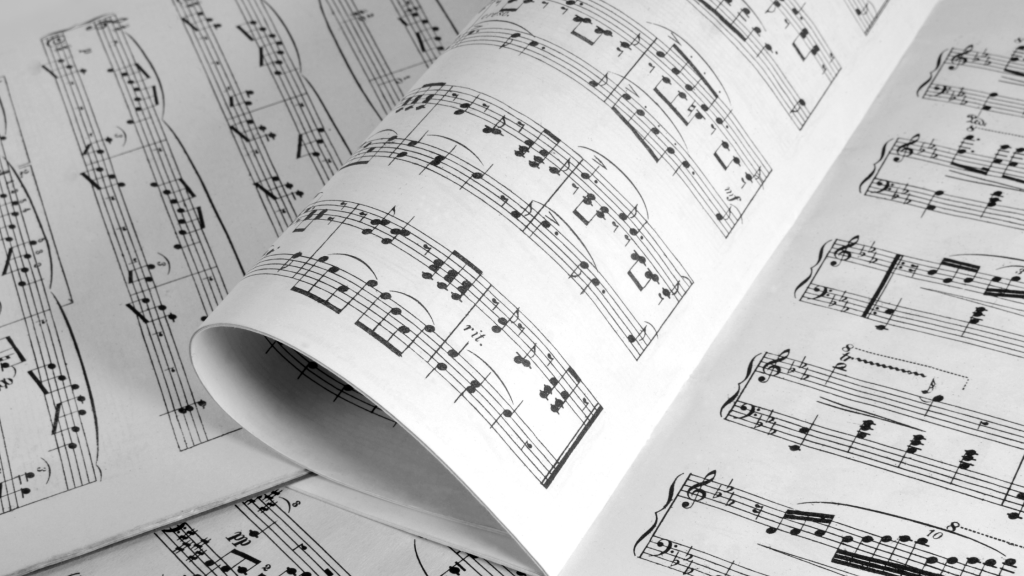
Practical Applications and Exercises
A sound theoretical foundation can significantly amplify one’s musical journey. However, theory is best cemented through practical exercises and hands-on experiences, bridging the gap between the abstract and the tangible.
Ear Training and Aural Skills: Honing Listening Abilities
A musician’s ear is among their most potent tools. Developing keen listening skills allows one to discern subtle tonal variations, identify chord progressions, and even replicate melodies after a single hearing. Regular ear training exercises can sharpen these skills, transforming passive listeners into active auditory analysts. If you’d like to expand your ear skills, please consider buying my books.
Improvisation and Instrument Exploration: Beyond the Sheets
While sheet music provides a reliable roadmap, the magic often happens when musicians venture off the beaten path. Improvisation encourages this exploration, granting freedom to experiment and discover one’s unique voice. Every instrument, whether a guitar, a piano, or a flute, has secrets waiting to be unveiled through spontaneous play.
Music Production and Modern Applications: DAWs, MIDI, and More
The digital age has revolutionised music-making. With the rise of Digital Audio Workstations (DAWs) and MIDI technology, budding composers and producers have a world of tools at their fingertips, democratising music production.
Quick Inspiration for Producers: Chord Generators and Beyond
Have you ever faced a creative block? Tools like chord generators can spark inspiration by suggesting unexpected chord progressions. By exploring:
- Automated Drum Patterns: Laying foundational rhythms effortlessly.
- Synth Presets: Discovering new soundscapes.
These resources can reignite the creative flame, pushing boundaries and challenging norms.
Modern Music Theory Tools: Metronomes, Piano Rolls, and Quantization
The modern musician’s toolkit is vast:
- Metronomes: Essential for maintaining consistent tempos and strengthening rhythmic accuracy.
- Piano Rolls: A visual approach to music composition found in many DAWs, allowing for intuitive melody crafting.
The Wider World of Music Theory
Music theory is not a static entity but a dynamic and evolving discipline, reflecting the vastness and diversity of human musical experience.
History and Evolution of Music Theory: A Journey Through Time
Music theory has continually evolved from the Gregorian chants of the Middle Ages to the polyphonic delights of the Renaissance and from the structured forms of the Classical era to the experimental sounds of the 20th century. This evolution has mirrored societal changes, technological advancements, and cultural shifts, with each era contributing unique theoretical concepts. Read more in my blog, the history of music.
Comparative Music Theory: Western vs. Non-Western Perspectives
Western music theory, with its scales, modes, and harmonies, has dominated the global scene, but a rich tapestry of non-Western theoretical systems exists. For instance:
- Indian Rāgas: Melodic patterns in classical Indian music, each evoking specific emotions.
- African Polyrhythms: Complex rhythms where multiple patterns play simultaneously.
- Asian Pentatonic Scales: Five-note scales prevalent in East Asian music.
Exploring these diverse theoretical approaches broadens one’s musical horizons and offers fresh compositional inspirations.
Musicology: An Academic Dive into Music’s Study
Beyond mere theory, musicology delves into the academic study of music, encompassing ethnomusicology, music history, and even the neuroscience of music. Musicologists examine everything from ancient musical manuscripts to the socio-cultural impacts of popular music, making it a vast field of interdisciplinary exploration.
Concluding Thoughts on Music Theory: A Continual Journey
In essence, music theory serves as a bridge between the intuitive and the analytical, the emotional and the logical. Whether you’re a budding musician or a seasoned professional, embracing the world of music theory promises a deeper appreciation of the art and a continual journey of sonic discovery.

Final Thoughts
As we reach the crescendo of our musical exploration, we must reflect on music theory’s immense scope and dynamism.
The Ever-Evolving Nature of Music Theory
Music theory isn’t just a set of static rules inscribed in textbooks; it’s a living, breathing entity that morphs with every new musical innovation and cultural shift. The sounds that defined the Baroque period are distinct from those of the Jazz era, and yet, the underlying principles of theory connect these disparate genres. This adaptability and responsiveness to change ensures music theory remains relevant, regardless of the era or style.
Encouraging Continuous Exploration and Learning
The realm of music theory is vast, but don’t be daunted. Instead:
- Embrace the journey: Each new concept or technique you learn is another note in your symphony of understanding.
- Remain curious: With technological advancements and global influences, there’s always something new on the horizon.
- Share your knowledge: Discuss your findings with peers as you delve deeper. The beauty of music lies in its ability to connect, and the same goes for its theory.
Additional Resources and Exercises
Venturing into the expansive world of music theory? A treasure trove of resources awaits you. From books penned by musical maestros to innovative apps harnessing the latest technology, many tools are designed to elevate your understanding and skills.
Recommended Books, Apps, and Tools
Delving into literature can offer profound insights, while tech tools can make learning interactive and fun. Here are some handpicked suggestions:
Books:
- ‘Tonal Harmony’ by Stefan Kostka and Dorothy Payne: A comprehensive dive into Western music theory.
- ‘How to Read Music’ by Roger Evans: Perfect for beginners eager to understand notation.
- The Ultimate Music Theory Book: I couldn’t create this list without including some of my books, perfect of any musician whether your instrument is Bass clef or Treble clef!
Apps:
- Perfect Ear: An excellent tool for ear training and rhythm exercises.
- Tenuto: Offers an array of theory exercises, from note identification to chord construction.
Tools:
- Metronome: Essential for rhythm practice and understanding tempo.
- Piano Keyboard: Even a basic one can assist in visualising scales, chords, and intervals.
Interactive Exercises for Practical Application
While theory is crucial, music, at its heart, is practical. Engaging with interactive exercises can bolster your theoretical knowledge:
- Sight Reading: Start with simple melodies and gradually challenge yourself with complex pieces.
- Ear Training: Listen to random notes or chords and try to identify them. Perfect Ear is an excellent app for this.
- Scale and Chord Construction: With a keyboard or fretboard, physically build scales and chords from scratch.
You May Also Like:

Howard Head
I turn confused bass enthusiasts into bass gods through a simple and logical process.

